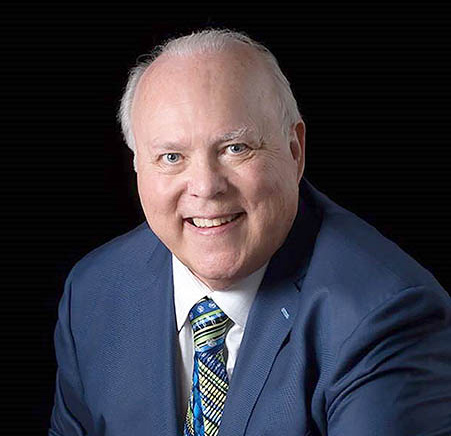This activity will take two meetings to complete.
Before the meeting:
- Become familiar with shoe impressions by watching this YouTube video, “Casting Footwear Impressions.” (duration 6 minutes and 10 seconds.)
- Collect enough larger shoes boxes for your Cub Scouts.
- Locate soil and fill shoe boxes half full.
- Gather remaining supplies.
- Set up meeting space so Cub Scouts have an area to do their shoe print.
During the first meeting:
- Ask the Cub Scouts if they have ever walked outside in the snow and looked behind them. What did they see? Explain to Cub Scouts that just like our fingers have prints our shoes have prints. Law enforcement officers will look for shoe prints and will then make an impression. They can find the brand and size of the shoe. They can tell how tall the person is by measuring the length of the shoe. Today they will be looking more closely at their shoe impression.
- Demonstrate how to make a good shoe impression in the shoe box of dirt. Press your foot down firmly and lift straight up to avoid distortion.
- Have each Cub Scout make their own impression in their shoebox full of dirt. Hint: Spray the impression with hairspray to help hold the soil in place and secure the impression.
- Have the Cub Scouts help mix their Plaster of Paris mixture by following the directions on the bag. When mixed there should be no lumps and should be the consistency of pancake batter.
- Either cut a hole in the corner of the bag or open the bag a little at the top.
- Begin pouring the Plaster of Paris on the top or bottom of the impression. Slowly pour toward the other end of the shoe. Avoid distorting the impression by not pouring in the middle.
- Once all the Plaster of Paris is used, give each Cub Scout a wood craft stick to gently smooth out the surface.
- Have each Cub Scout gently write their names or initials in the Plaster of Paris with a toothpick.
- Let the impressions set for 30 minutes.
- Use a spade or trowel to lift the cast from the shoe box. Dig into the soil a few inches away from the cast. Avoid hitting the cast with the spade to prevent breakages.
- Set impression aside to finish setting. Finish cleaning and investigating at the next den meeting.
During the second meeting:
- Have Cub Scouts carefully remove the soil using a soft paint brush or a soft toothbrush.
- Once most of the soil has been removed, help the Cub Scouts put the cast under a running tap and use the paint brush to gently brush the cast to remove any remaining soil.
- Let the impression dry again once it has been cleaned. Then, spray with hairspray (or lacquer) to strengthen the cast and prevent it from crumbling during handling.
- Have the Cub Scouts observe the impression. Ask what they notice about this impression? Is there a difference in how deep their impression is versus yours? Do they notice patterns or cracks?
- If the Cub Scout wishes to keep the cast, wrap it in bubble wrap or put it in a cardboard box to protect it from breaking.



